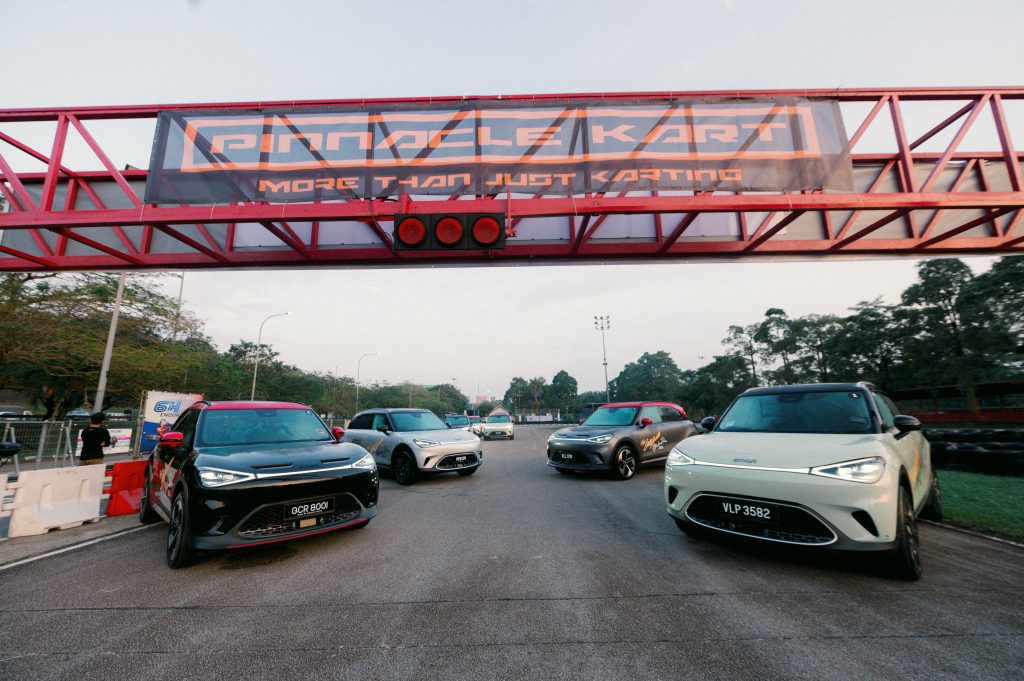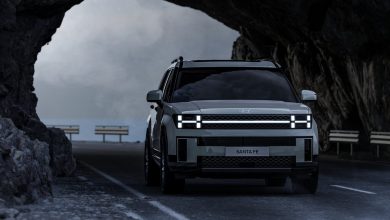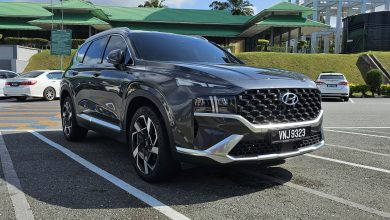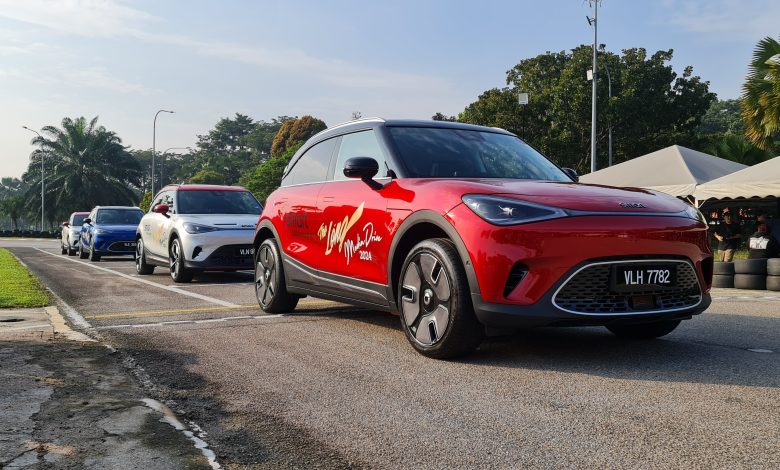
From the car itself to the overall charging experience, here is what it is like to drive a smart #1 to Penang and back.
Riding high on their recent launch success of their premiere model locally, smart Malaysia had very kindly organised a drive to Penang for various members of the media to better experience its new #1. And while a full Automacha review will be forthcoming regarding this fully-electric Sino-German compact crossover, here is nevertheless 5 major takeaways from having spent two days charging (in more ways than one, heh) on the interstate with it.

1. Expectedly EV Acceleration
Now just before diving right into the main takeaways first, it is probably worth noting here that this drive involved the experience of two #1 variants: the middle-tier Premium and the full-fat BRABUS. Though regardless of trim, both nevertheless offer the same rapid acceleration one will come to expect from an EV.
The accelerative experience with the single 220 kW rear-motored Premium variant of this #1 for instance certainly feels a lot faster than the quoted 6.7-second century sprint time on paper, and for the most part is more than adequate enough for anyone whose pants aren’t constantly on fire.
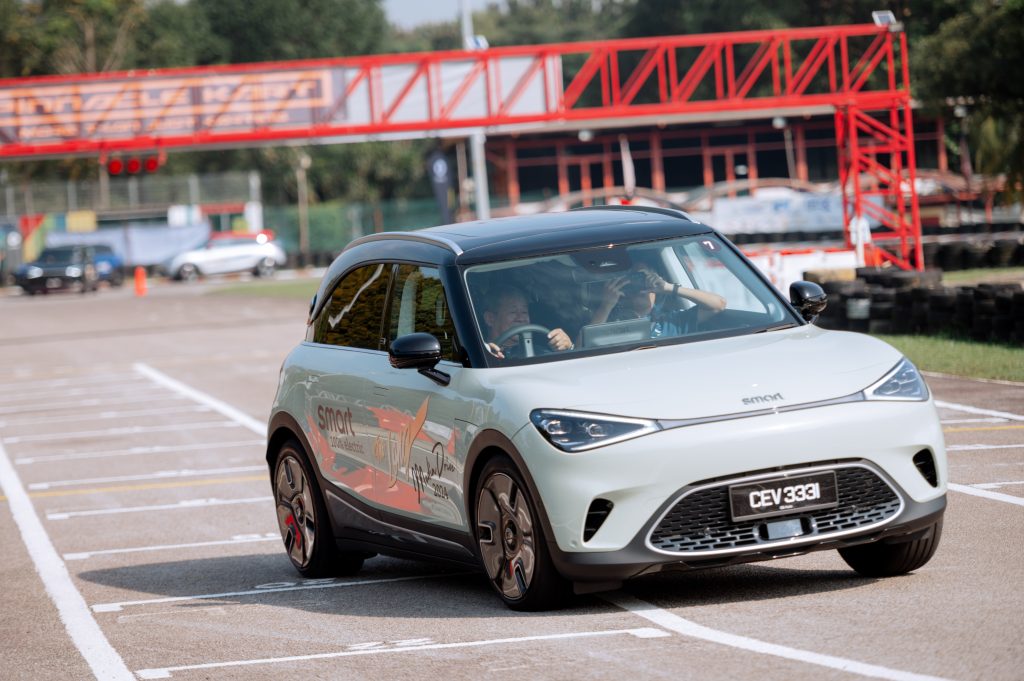
What more too is that thanks to the inherent properties of an electric motor (where that instant shove is on tap at any speed), this mid-spec smart was already more than capable of easily taking advantage of any momentary gap in city traffic, or in the case of highway cruising, effortlessly creating a sizeable gap to the tailgater that was attempting to sit on your arse.
That said, to those speed freaks out there who perhaps have already set their mind on this more sensible mid-tier trim, my advice is that you should never go test the BRABUS. Such is because once you go BRABUS, you won’t ever go back…

3.9 seconds is the headline figure that smart tends to bring up when mentioning the 315 kW twin-motored BRABUS, but what that extremely short century sprint time fails to adequately convey is how this compact crossover can absolutely push one deep into their seats if the pedal is fully depressed into the metal. And while it is perhaps more practical to say that this lightning quick acceleration totally takes the strain out of merging back into the highway from a lay-by, it is however more fun to parrot what a fellow journalist had said during the drive and state that this full-fat #1 really can songlap anything on the road (at any speed) this side of a Porsche Taycan Turbo.
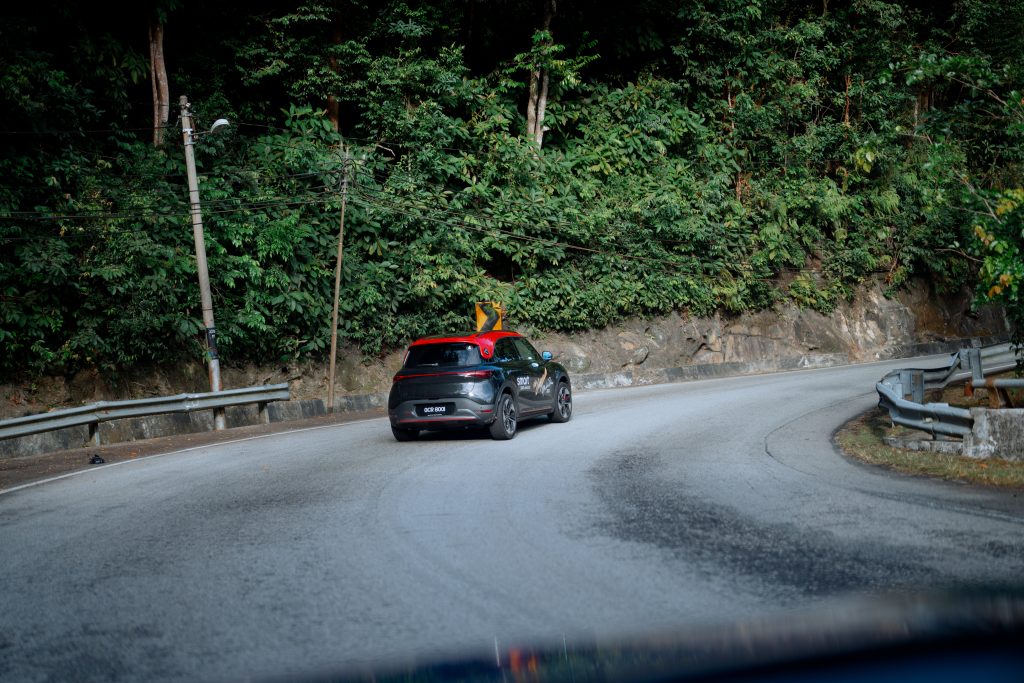
2. A Capable High Speed Cruiser
Upon mention of the Porsche now, it is worth highlighting here too that both #1 variants do also possess the rather reassuring ‘bahnstorming German quality of not really feeling the speed you are travelling at.
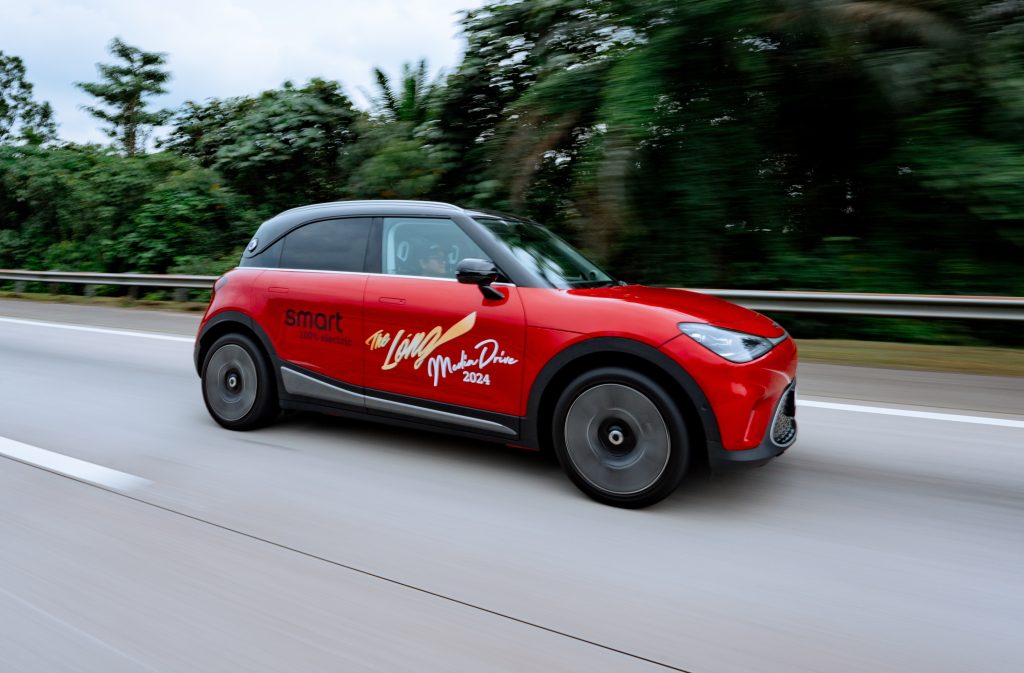
In expanding further from the prior point on its effortless acceleration first, both variants of this smart compact crossover will really continually build speed without so much as a fuss right up to its electronically-limited top speed of 185 km/h. Not that we’ve tried it of course…
Though at the risk of incriminating myself here, there were actually more than one instance where I had found myself to have inadvertently strayed past the legal highway limit simply by puttering along as I usually do in a petrol-powered car, and only noticing the fact that we were travelling somewhat faster than we were supposed to after paying attention to the speed readout on the rather clear heads-up display.
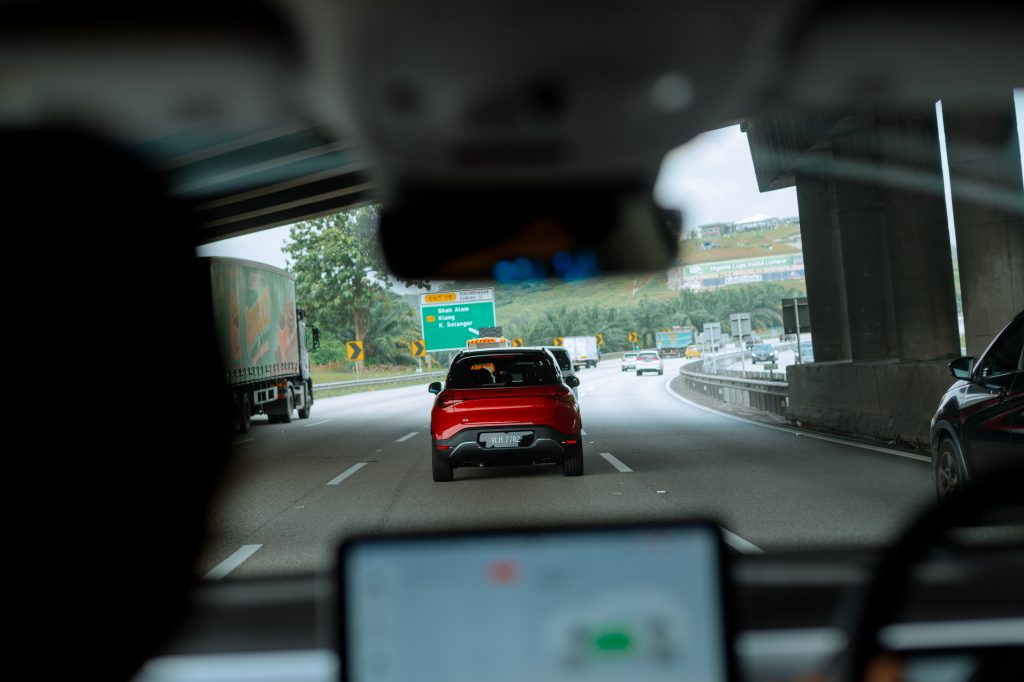
This tendency of going over the legal limit that is brought upon by the ever-present well of power is to be complemented by just how impressively stable this smart feels at any speed that it can feasibly go. The BRABUS variant especially — with its slightly stiffer suspension — is an incredibly planted interstate rocket on the straights, relative to the more softly-sprung (and hence slightly more wallowy) Premium trim, with the high speed it is capable of carrying only to be really felt when some stronger manhandling is required to wrestle it in the longer fast sweeping corners.
What more is that thanks to the lack of any underlying vibration that is typical with an internal combustion engined vehicle, this all-electric smart does really make the long interstate journeys that little bit less tiring. Though it has to be said that while there is no engine roar, the #1 is still not to exactly be as whisper quiet when cruising as say the sound-isolation chamber of another compact crossover under the Geely umbrella, but it is nevertheless still decent enough where conversations can be carried at a normal volume.

And while on the subject of other passengers, all the seats of the smart #1 are reasonably plush enough for all within it to get out on the other end after a long 8-hour jaunt from Penang to KL without any aches and pains. There was also to be acres of headroom and sufficient legroom for even the tallest and most generously proportioned of individuals to get comfortable within this compact crossover, but the tiny boot did struggle to fit more than two carry-ons within it.


3. Handling & Manoeuvrability
Now staying within the realm of the highway still but moving the discussion on from the go-pedal to the steering wheel, the feeling of high speed stability is to be further provided by the typically Continental weight of its steering. To say there is any feel from it will probably be too generous here, but there is still enough heft (from even the medium setting of its adjustable steering weight) to give sufficient confidence when on the highway and also when squirting it around the coast roads of Batu Ferringhi.
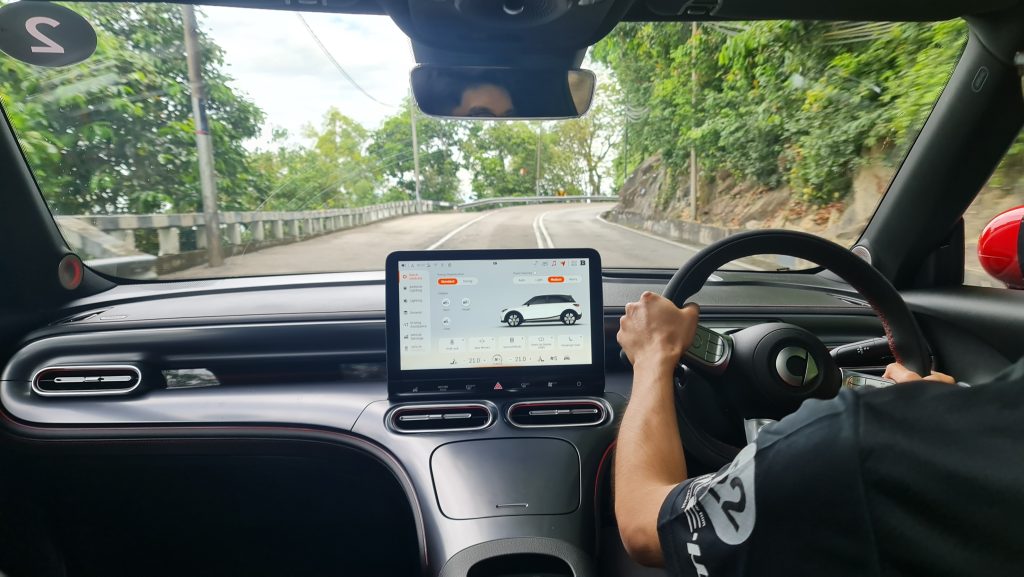
In what is perhaps the most redundant point to be made here regarding its handling too for the lay-person, the twin-motored BRABUS was less understeer-y at the limit (on track) relative to the rear-motored Premium despite running the same Dunlop tyres. This is surprising because conventional wisdom should dictate that the all-wheel drive be more willing to push wide at the front relative to the rear wheel drive, but it could be hypothesised for there to be some EV torque vectoring at play here with the hotter trim.

That said now, what is perhaps more a useful but equally surprising observation for more buyers is for the aforementioned stiffer suspension on the BRABUS to not really have that big an affect the ride quality much when tackling the rough roads of Georgetown.
A more pertinent point worth highlighting also on the subject of city driving in the smart as well is that to thanks to it being of a crossover body style relative to its main Tesla Model 3’s sedan shape, the higher up and upright seating position does allow for easier placement of the car in tight city-centric situations. Coupled with a crystal clear surround view camera too — with plenty of different angles to choose from and a rather handy picture-in-picture view at low speeds on the central screen — the #1 therefore does make for quite the easy car to zip through the narrow lanes of Penang island.

4. The Interstate EV Charging Experience
Moving onto perhaps the most insightful aspect of this interstate drive, how does the smart #1 fare when it comes to topping it up while on the road?
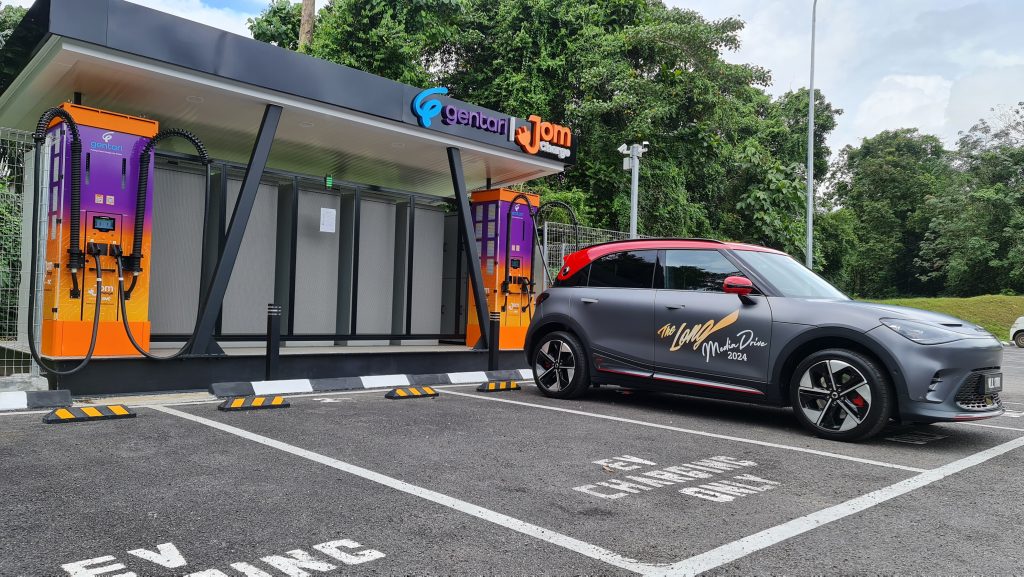
Well, just to lay all the cards on the table first, one of our media colleagues could have actually made it to Penang from Subang on one full charge with the Premium variant. Having averaged a reasonable energy consumption of 14 kWh/100 km while maintaining what a lay-person would call average highway cruising speed, it was mathematically possible for them to make the interstate trek on one charge of the smart’s 59 kWh battery.

Though saying that, if one might indulge a little bit too much on how well the #1 can carry its speed on the highway, it should therefore be unsurprising to also see for its expected range to drop by quite a bit. And that quite a bit could be as much as a two-third drop in the estimated 400 km claimed by the WLTP from the BRABUS, with one team in the drive having managed a staggeringly woeful 25 kWh/100 km (which if translated to petrol terms could be thought of in a roundabout way as an extremely thirsty 25 l/100 km…)
Now credit where credit is due however, the much-publicised hello Smart app does indeed makes charging a breeze by consolidating almost every EV charging aspect into one app. Having most of the charger locations from a variety of different charge point operators on its built-in map certainly made it easy to find a charger en-route, with info on the charging power AND live information on whether the charger is currently in use or not being extremely handy when it comes to planning the next charging stop.

What more is that the procedure of activating the charger through the app itself is also pleasingly simple to use. Just plug the charger into the car then tap the correct one on the app to initiate charging, and that is basically it!
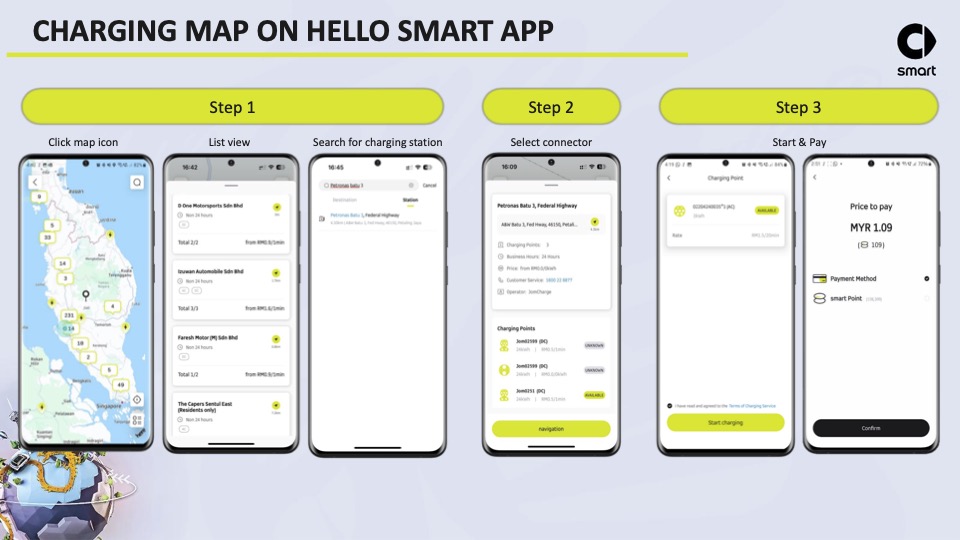
With smart having finally recently integrated credit card payments into the app too, any smart owner could foreseeably only need just this one app to have hassle-free charging anywhere in Malaysia, which is better than the 12 most EV owners will currently have downloaded on their phones.
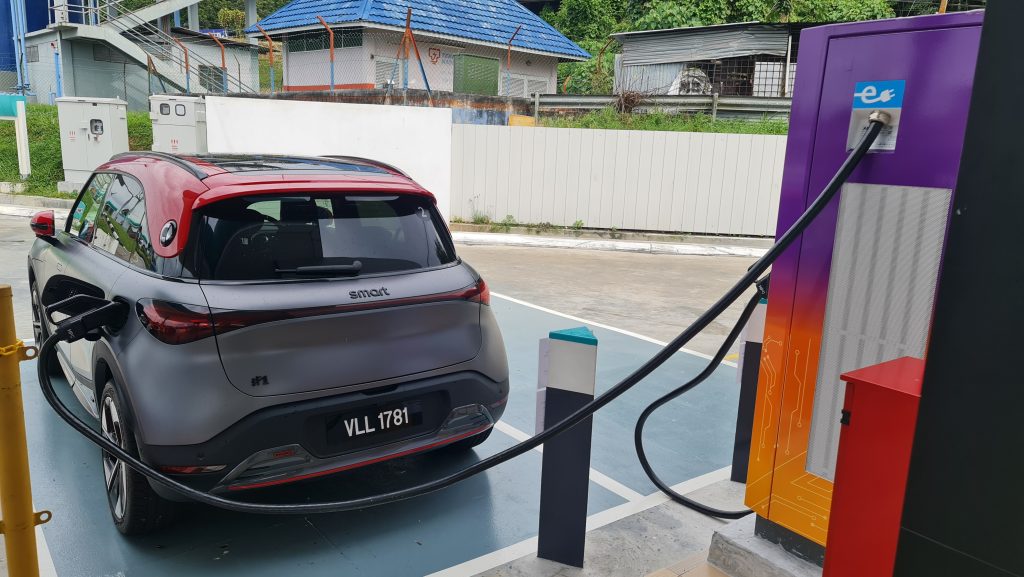
If smart were taking suggestions for further improvements of the app though, it would have been nice if the charging section could be in its own dedicated shortcut on the homepage. Sure it may be an all-in-one app, but most users of this app will likely be for its charging feature, and there were just too many taps within the app to get to that charging page.
Also, it would be nice to see a feature where there was some form of syncing of the app between phone and car just to easily set the navigation to the car’s display. This is after all considering the account is tied to the vehicle anyway.
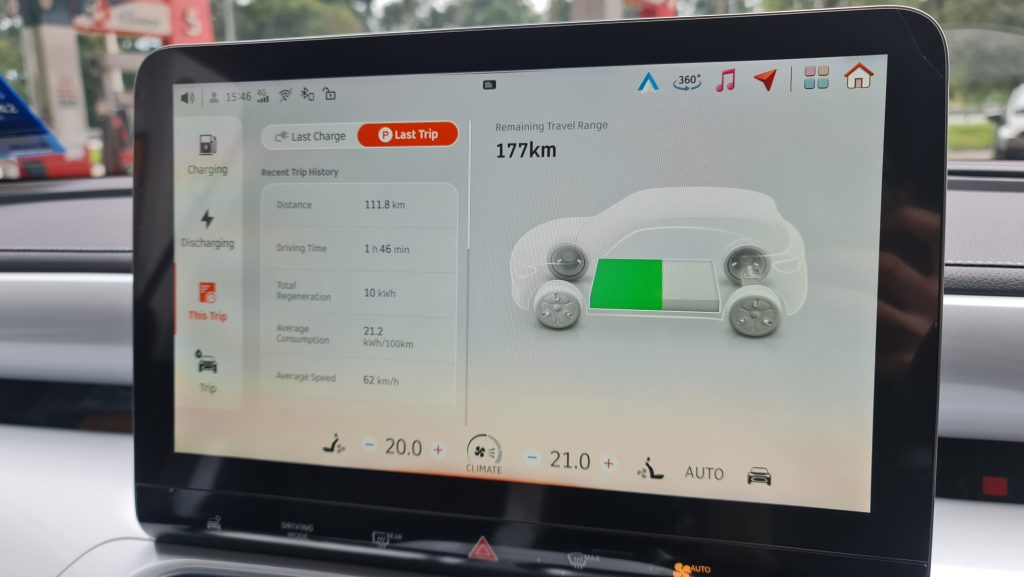
It is worth highlighting too that in spite of how good this app is, there is nevertheless still the requirement to plan ahead when taking an EV interstate, with some brain power also being required to either drive efficiently and/or figuring out the best charger to use. In spite of the #1 being a rather fast charger by being able to accept 22 kW AC charging and 150 kW DC charging too, the whole top-up process is still to be a longer wait than a quick splash-and-dash for petrol, with the wait time only to stretch further still if there are to be problems at the charger or if there is a queue.

5. Odds & Ends
And now just to wrap up this review, this section is essentially just a catch all for all the other random quirks of the smart #1 that were discovered during the journey:
- The overall interior aesthetic of the smart did have a certain Mercedes-esque feel to it, with it almost to be somewhat though of as a cooler GLA. Fit and finish was also to be rather Germanic, but make of it what you will with the following statement of the #1’s material quality to be on the same level as the current three-pointed stars too…
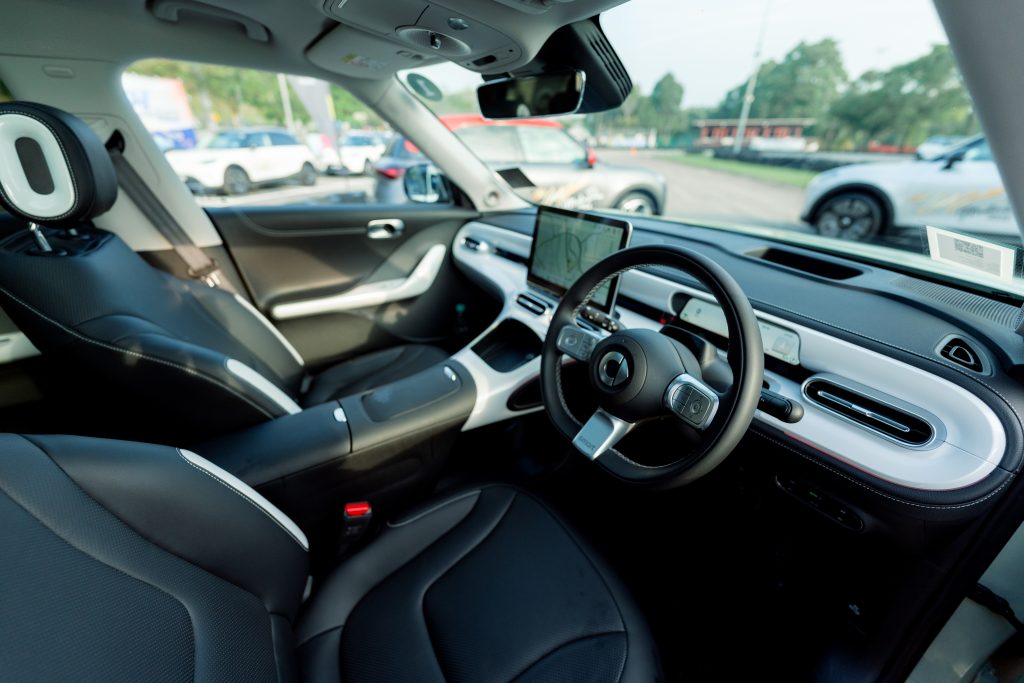
- The smart #1 has a rather smooth adaptive cruise control. Interestingly however, the maximum speed that can be set is only up to 130 km/h. Now this is of course understandable for legal reasons (and EV efficiency reasons as well), but it is still to be quite annoying for those who may prefer to get a more of a move on in their interstate journey.
- Both the Premium and Brabus trims have ventilated front seats as standard, but they don’t really stay on all the time. The button to activate it also buried in the climate menu screen, along with all the other climate control settings as well.
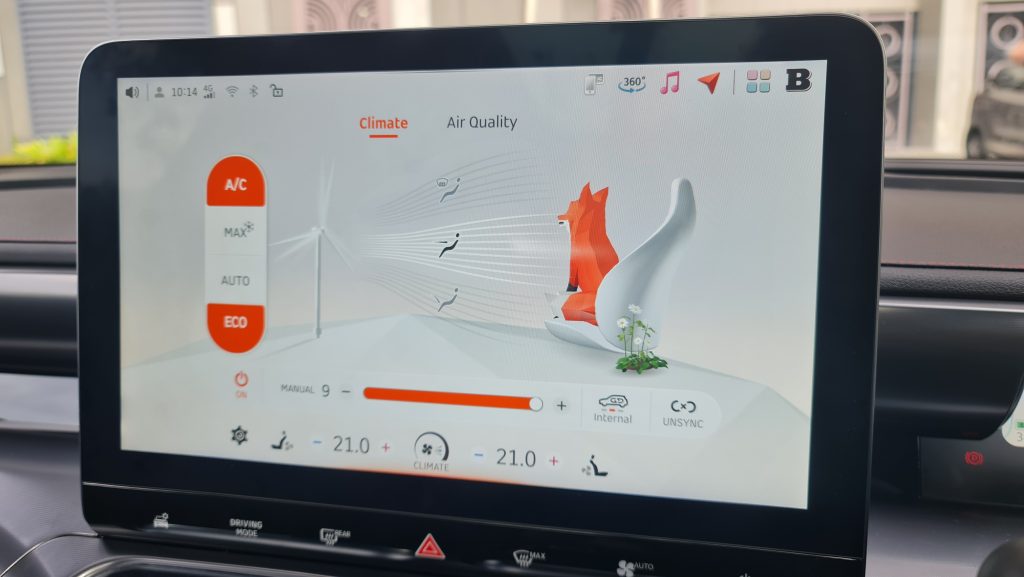
- While on the topic of the central screen, swiping up from the bottom of the display will bring up the climate menu, with a swipe from the top down brings up a frequently used menu screen that includes the volume slider, which unfortunately is a tiny bar right on the far left of the screen. Why can’t it be a physical knob is beyond me…
- The 13-speaker 640 W Beats sound system doesn’t have the bass that is synonymous with this brand of audio equipment, but is nevertheless a decent enough system overall in terms of clarity.
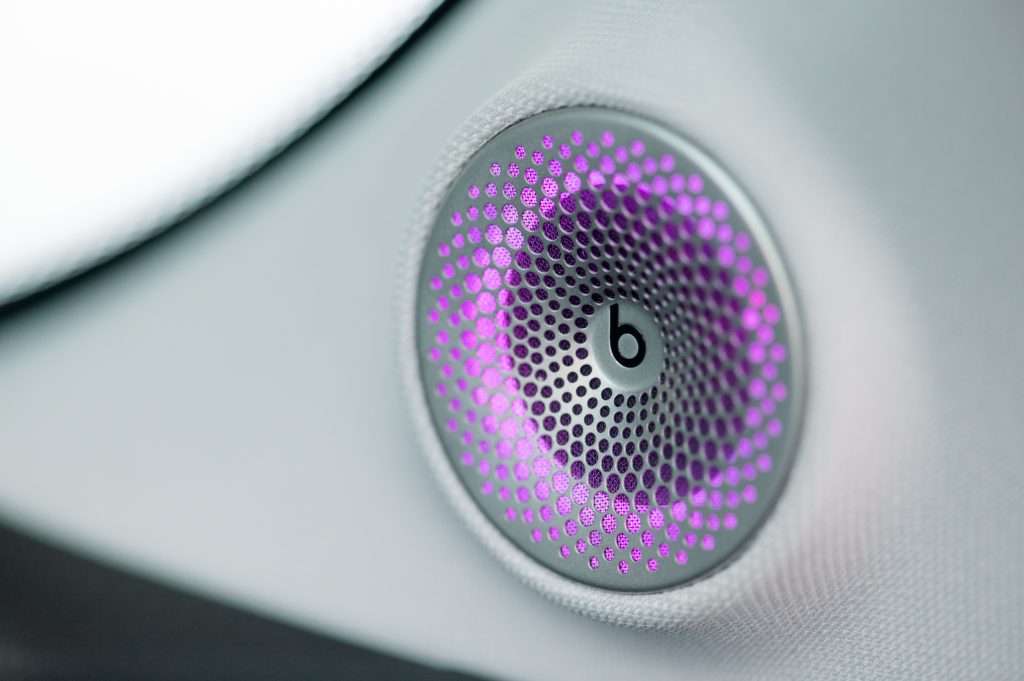
- Despite having quite a good view out thanks to its decent greenhouse area, smart has also fitted this compact crossover with an auto parking feature. It can be reported though for it to work rather well and not be jerky at all, but it is still faster and likely less stressful to use the rather good cameras and park it manually.

smart #1 Premium & BRABUS Technical Specifications
| smart #1 Premium | smart #1 BRABUS | |
| Motor | Single permanent magnet synchronous motor (RWD) | Twin permanent magnet synchronous motor (AWD) |
| Max Power | 272 PS | 428 PS |
| Max Torque | 343 Nm | 543 Nm |
| Top Speed | 180 km/h | 180 km/h |
| 0 – 100 km/h | 6.7 seconds | 3.9 seconds |
| Battery Capacity | 66 kWh (NMC) | 66 kWh (NMC) |
| Range (WLTP) | 440 km | 400 km |
| Charging Speed | 150 kW DC (10-80% in 30 mins)
22 kW AC (10-80% in 3 hours) |
150 kW DC (10-80% in 30 mins)
22 kW AC (10-80% in 3 hours) |
| Price | RM 219,000 | RM 249,000 |
